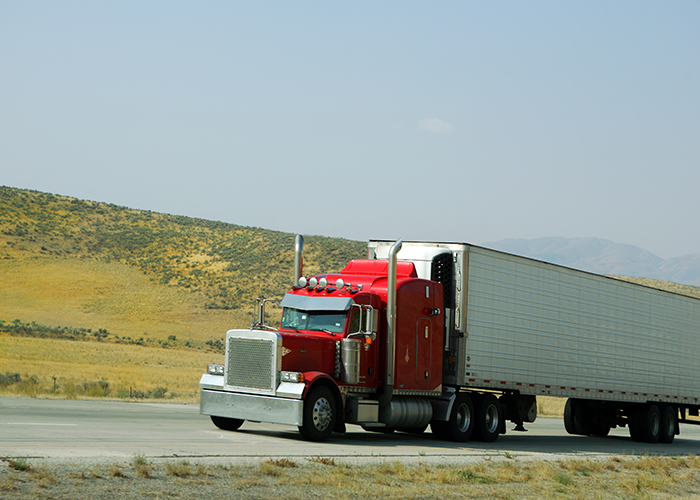FMCSA answers 11 frequently asked questions about COVID-19 HOS waiver

The Federal Motor Carrier Safety Administration (FMCSA) has provided new answers and clarification about the nationwide emergency declaration issued last week.
On March 13, issued a nationwide Hours of Service (HOS) waiver for motor carriers hauling relief supplies for Coronavirus/COVID-19 for all 50 states and Washington, D.C. On March 18, FMCSA issued an expanded national emergency declaration to provide regulatory relief for more truckers hauling Coronavirus relief supplies.
Since the waivers were issued, there has been confusion in the trucking industry about how the Hours of Service (HOS) regulatory relief would actually work in practice and which drivers were covered by the waiver.
On March 19, FMCSA issued a Frequently Asked Questions (FAQ)memo to try to clarify some of the most common sources of confusion for truckers hauling COVID-19 relief supplies.
You can view the 11 question FAQ below.
1. Are loads that include supplies related to direct assistance under the emergency declaration mixed with other, un-related materials covered under the declaration?
Generally, yes, however, mixed loads with only a nominal quantity of qualifying emergency relief added to obtain the benefits of this emergency declaration are not covered.
2. Is a driver required to take a 30-minute break?
No, none of the hours of service regulations apply while the driver is engaged with providing direct assistance under the emergency relief exemption.
3. How do the hours a driver worked under the emergency exemption impact the 60/70-hour rule when the driver goes back to normal operations?
The hours worked providing direct assistance under the emergency relief exemption do not count toward the 60/70- hour rule.
4. Is a 34-hour restart required after providing direct assistance under the emergency declaration?
No, however, upon completion of the direct assistance and prior to returning to normal operations, the driver is required to meet the requirements of §§ 395.3(a) and (c) and 395.5(a), which include, for example, the requirement to take 10 hours off duty (8 hours for passenger carriers) and to comply with the on-duty limit of 60/70 hours in 7/8 days before returning to driving.
5. Is the driver required to use a paper logbook or ELD?
No, the emergency exemption includes relief from all the hours-of service regulations in 49 CFR part 395, including the recordkeeping requirements (i.e., records of duty status (RODS)).
6. If there is an ELD in the truck, what should a driver do to account for the miles driven?
There are three options
- Use the “authorized personal use” (personal conveyance) function of the ELD to record all of the time providing direct assistance under the exemption. Use of this function will result in the time being recorded as off duty and requires an annotation.
- Use the ELD in its normal mode and annotate the ELD record to indicate they were driving under the emergency relief exemption; or
- Turn off the ELD, in which case the carrier would address the unassigned miles in accordance with the current regulation.
7. What does a driver need to do if taking a backhaul not covered by the exemption after transporting an exempt load?
Upon completion of the direct assistance activities and prior to returning to normal operations, the driver is required to take 10 consecutive hours off duty before driving. All the time the driver spends engaged in work-related activities that are not associated with providing direct assistance must be counted under the HOS rules.
8. Are livestock a covered commodity under the terms of the emergency declaration?
Yes, Livestock are covered as a precursor to food. The emergency declaration covers “immediate precursor raw materials—such as paper, plastic or alcohol—that are required and to be used for the manufacture of items” including food needed for the emergency restocking of stores.
9. Are haulers of household waste and medical waste covered under the terms of the declaration?
Yes, transportation for removal of both household and medical waste is covered as “supplies and equipment necessary for community safety, sanitation, and prevention of community transmission of COVID-19.”
10. What documentation is needed to verify that the driver is operating under the exemption?
There is no specific documentation required for verification. Retention of ordinary business records, such as the bill of lading, may be useful later for the convenience of the motor carrier and driver, to document use of the exemption during a future inspection or enforcement action.
11. Does FMCSA have preemptive authority over states that decide/attempt to close highway rest stops?
No, however FMCSA is working closely with the States to ensure adequate truck parking and facilities are available.